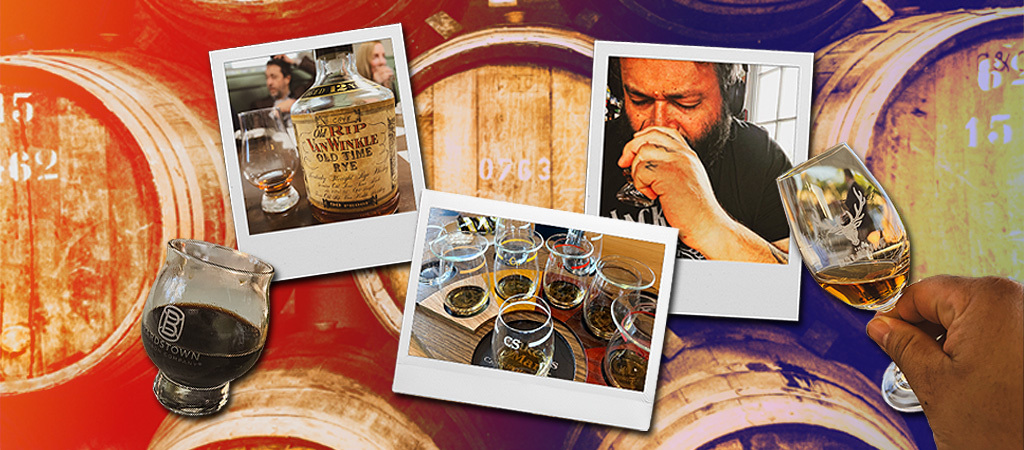Learning to taste whiskey like a pro (and this goes for any spirit, really) is a journey. There are steps. There is a vocabulary to get a handle on. And then there’s a lot of f*cking practice required. Which takes time.
Oh yeah, then there’s the cost of buying bottles, attending industry events, hitting whiskey bars, traveling to distilleries, and living that whiskey lifestyle. Like any refined skill — effort is the secret to success.
If you’re still with me, I have good news — I have the credentials to help you take your adoration of whiskey from novice to pro. Back in 2000, I was like any other American who loved whiskey and drinking plenty of Wild Turkey (though it was still Austin Nicol’s back then), Jim Beam, and Jack Daniel’s. A two-week trip to Ireland in the spring of 2000 with a trip to the Midleton Distillery helped me fall in love with Irish whiskey. I got into Scotch whisky back in 2005 on a trip to Edinburgh when I was introduced to Talisker 10 in a small whisky bar. It was love at first sip and started me on a path of really diving into the Scotch whisky and Irish whiskey worlds. In 2007, I was lucky enough to befriend the manager of Vendome Wine & Spirits in Studio City — which proved crucial to me learning what real bourbon and rye whiskey were via amazing bottles of Pappy van Winkle, Black Maple Hill, Blanton’s, Hirsch, and many others.
I carried my education with me and it helped me score an elite cocktail job at the famed Victoria Bar in Berlin, Germany. There, I was lucky enough to be taken under the wing of cocktail industry icons Stefan Weber and Beate Hindermann (the bar’s owners). As I learned from them, I commented on posts featured in the fledgling LIFE section on Uproxx.com. Before long, founding editor Steve Bramucci offered me a job and… away we went! By 2020 (20 years into my whiskey journey), I was spending my days reviewing endless spirits with a focus on whiskey. Today, I judge the world’s biggest spirits competitions (San Francisco World Spirits Competition, New York World Wine & Spirits Competition, John Barleycorn, IWSC, Tales of the Cocktail, and more). I’m a consultant for charities, retailers, and brands for barrel picks throughout the whiskey industry.
This year alone, I’ve sampled over 2,000 whiskeys. And peak whiskey season has just begun.
So now that you know my bona fides, let’s dive into how to taste whiskey like a true pro. Trust me, it’s not that hard and it is always rewarding. Especially if you proceed with an open mind.
Bottle Selection: Chose The Right Adventure
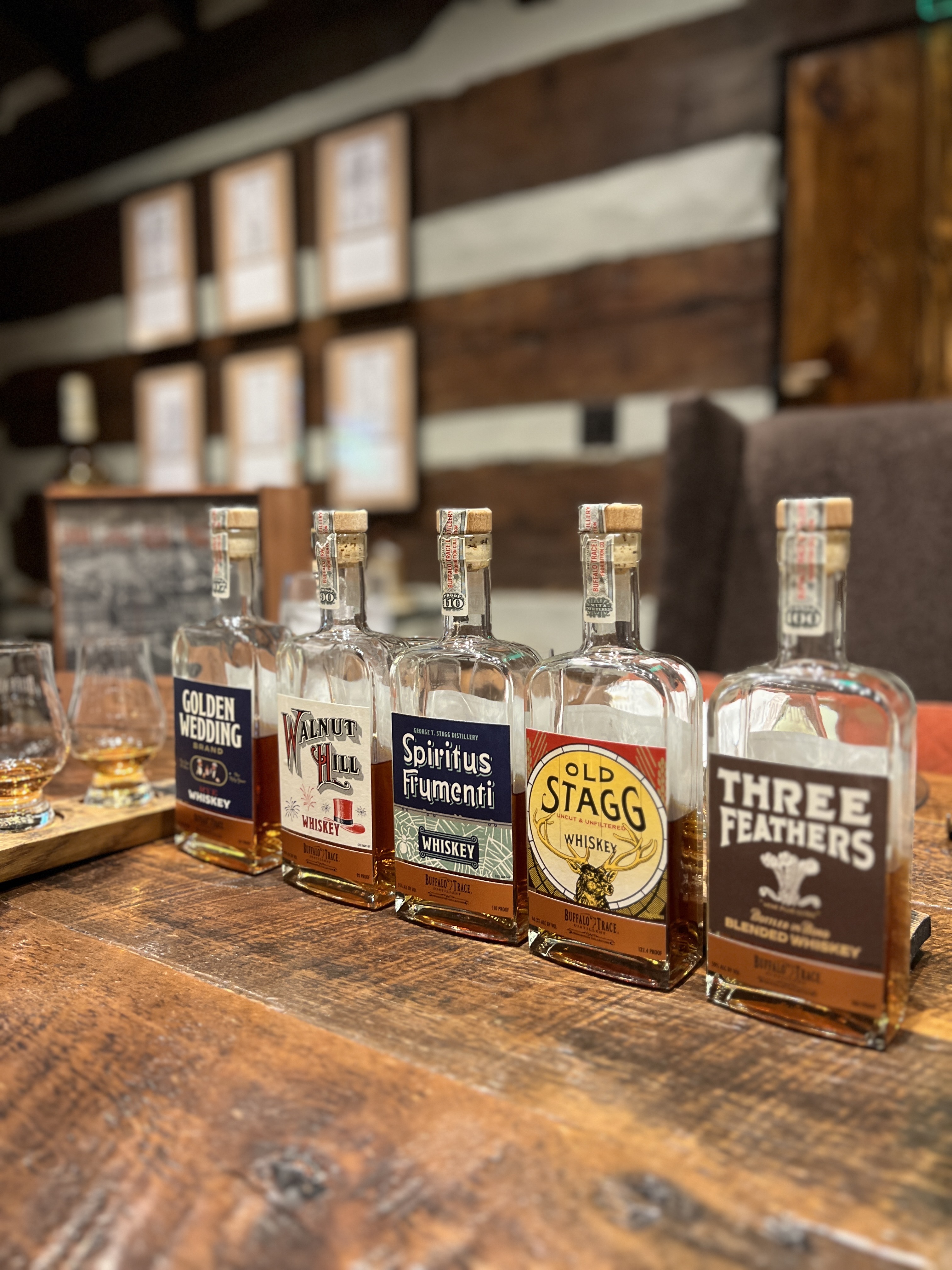
This is critical. While you can taste whatever you want whenever you want, there really should be a rhyme and/or reason to what you’re tasting. Moreover, the order in which you taste the whiskeys does make a difference.
Let’s look at Blanton’s Single Barrel Bourbon as a sample tasting flight. Here’s how to set that flight up like a pro:
- Taste 1 — Blanton’s Single Barrel Bourbon Special Reserve Kentucky Straight Bourbon Whiskey (40% ABV)
- Taste 2 — Blanton’s The Original Single Barrel Kentucky Straight Bourbon Whiskey (46.5%)
- Taste 3 — Blanton’s Gold Edition Kentucky Straight Bourbon Whiskey (51.5%)
- Taste 4 — Blanton’s Straight From The Barrel Kentucky Straight Bourbon Whiskey (66.85%)
Notice the order?
You want to start with the lowest ABV/proof and work your way up to the highest. This will allow your palate to slowly build and not get blown out on the first sip. Moreover, the lower the proof of the first whiskey, the more flavor notes you’re going to notice throughout. Those notes build on each other as the heavier alcohol starts to mute subtle flavor notes in the higher ABV/proof whiskeys. Think of it as a building process across your senses.
This sort of order works with any combination. Say, you’re sipping wheated bourbons or single pot still Irish whiskeys, always order them from lowest ABV to highest. Then mix and match! You don’t have to keep everything to one brand or even one distillery. That said, always try and keep your flights to one style. Single barrel bourbon, Islay peated Scotch single malts, sherry cask finished Highland single malts, high-rye bourbon, Kentucky rye whiskey, and so on. This allows you to really get a clear sense of a style.
Tasting a heavily peated Scotch whisky next to a sweet AF bourbon will just be confusing.
Setting the Stage: Environment, Glasses, And Tone
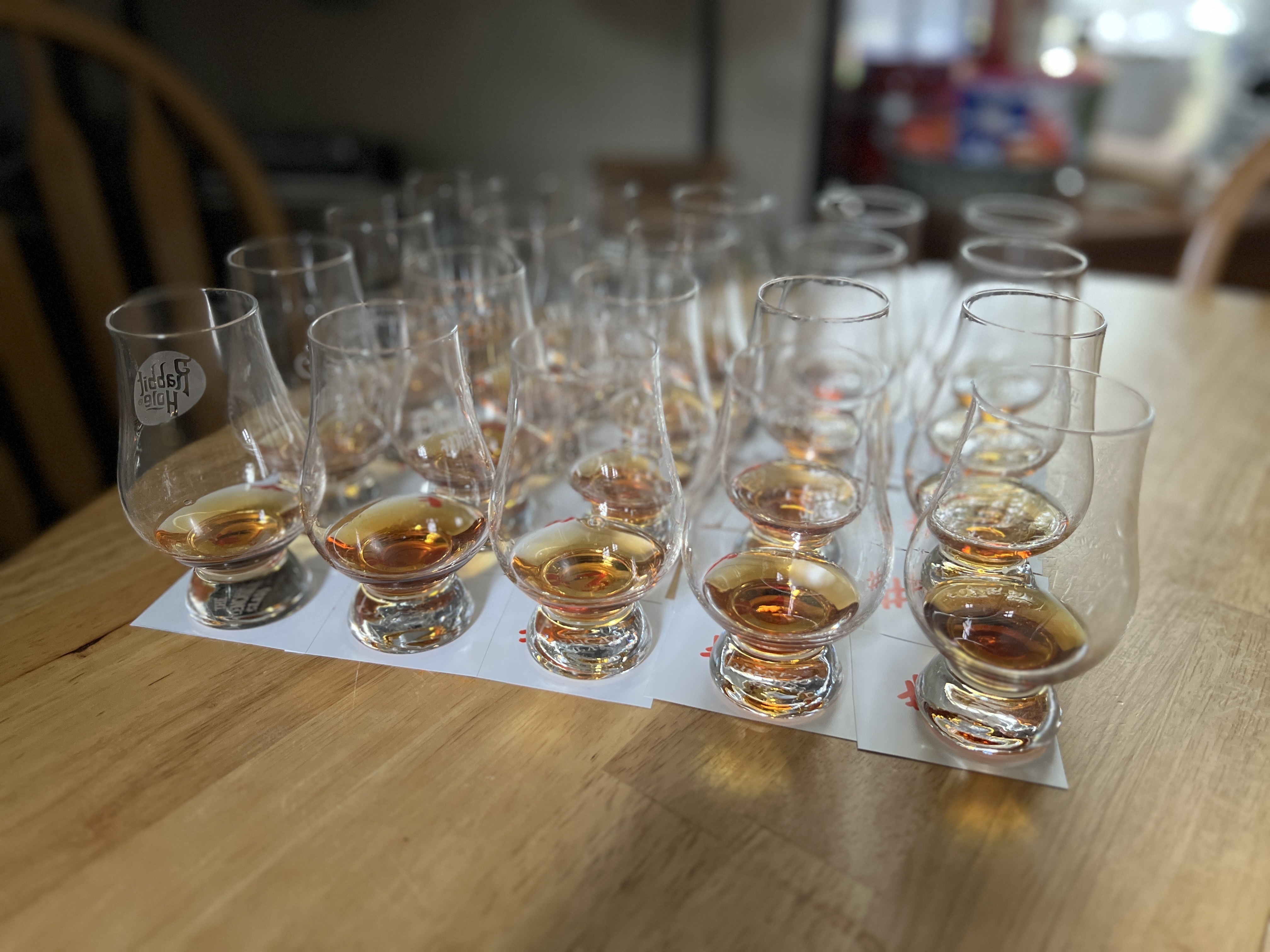
None of this happens in a vacuum. Any sensory experience is massively dependent on your surroundings. Tasting whiskey from the barrel in a warehouse built in the 1800s in Scotland or Kentucky is going to change the way the whiskey tastes (drastically) compared to tasting that exact same juice at home at your kitchen table. Be aware of where you are.
Things to consider when setting up and tasting whiskey:
- Where are you? If at home, are you comfortable? Are you sitting in a loud bar?
- Who’s with you? Are you with other whiskey lovers, newbies, distillers, or alone? Who you’re with has a big impact thanks to chatter about what others are sensing in the pour. You can be incepted with flavor notes very easily.
- What glass are you using? If it’s not a Glencairn, get one ASAP.
- What sounds are around you? Soft and familiar music is ideal to let you focus on your senses.
- What time of year is it? Seasonal diets and atmospheres make a difference in how and what you taste.
- What time of day is it? Our palates get more and more worn out as the day progresses.
- Do you have palate cleansers at the ready? Oyster crackers (unsalted), celery, and edam cheese are all good candidates.
- Do you have a notebook for taking notes? Get one.
Yes, these are all things that I consider before every single tasting that I do.
The Visuals: Deep Dive into Color & Clarity
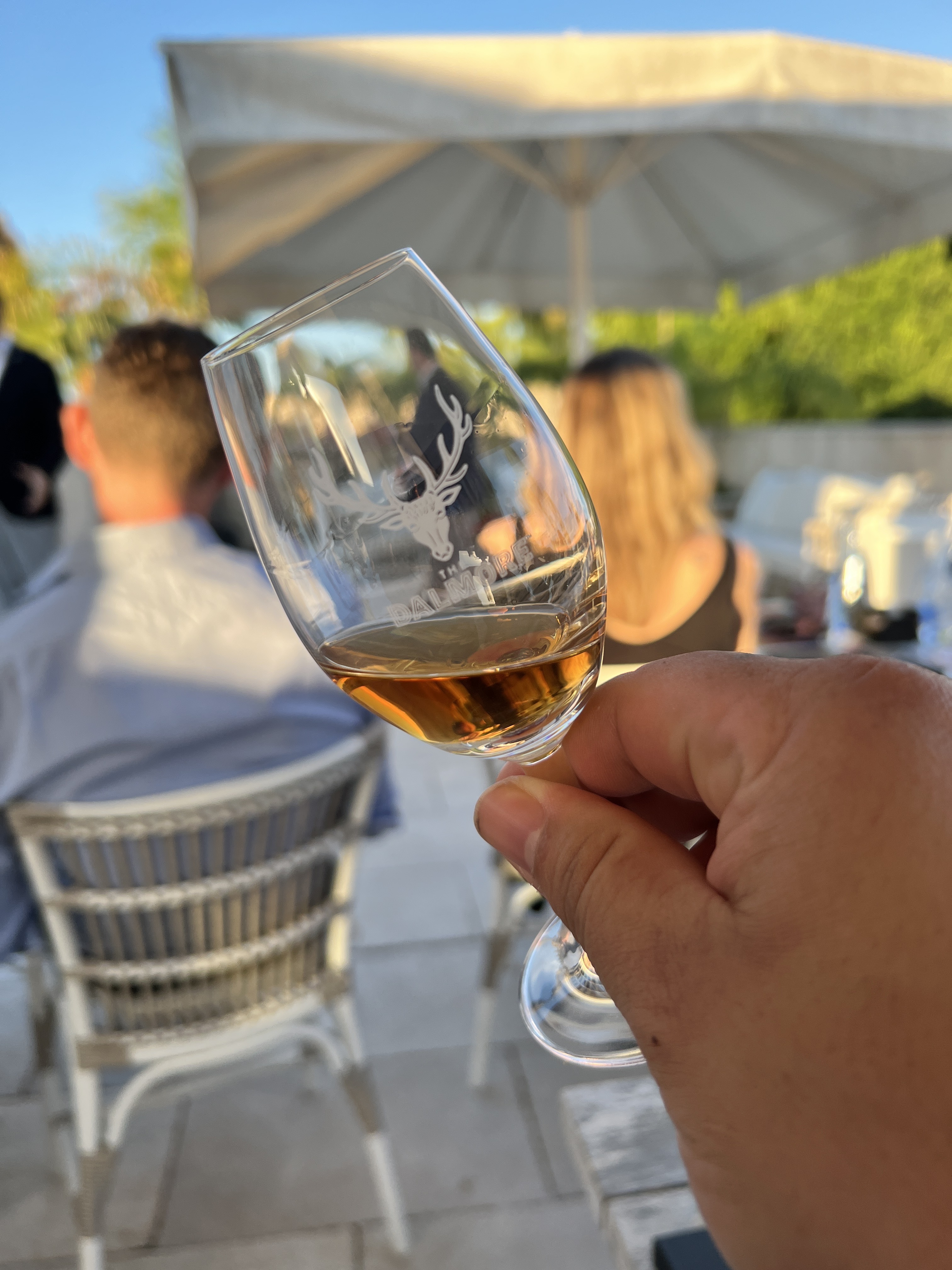
Okay, the prep is out of the way. You’ve chosen a flight, poured it, and set up your tasting environment. Time to get started. Look at the whiskey in the glass. It’s best to look at it against a white background (like a sheet of paper or wall) to really let the color pop.
Color can reveal a lot about whiskey. For instance, a deep, dark, and almost ruddy American whiskey that’s young (two to four years) is likely from Texas or another hot state where whiskey ages much faster. A pale straw color on an Irish whiskey or Scotch whiskey usually denotes aging in a used bourbon barrel (since the heavier coloring agents were already extracted when bourbon was in the barrel previously). Most bourbon and American straight rye whiskeys from the Ohio Valley region (Ohio, Indiana, Kentucky, Pennsylvania, and even Tennessee) will have a dark(ish) caramel color with a hint of cherry red from time to time. Japanese whisky, which also uses used barrels, will have that same pale straw or light amber color as some Scotch or Irish whiskeys. But all three of those styles can get super dark and reddish thanks to secondary barrel aging.
And while it’d be easy to say “The barrel is what gives you the color” every time, that’s just not true. Coloring agents are allowed in Scotch, Irish, and Canadian whiskeys and any American whiskey that’s not labeled as a “straight” whiskey. That makes caring about the color of a lot of whiskeys pretty inconsequential, in the grand scheme of things. It still looks pretty though.
Nosing: The Art of Aroma Profiling
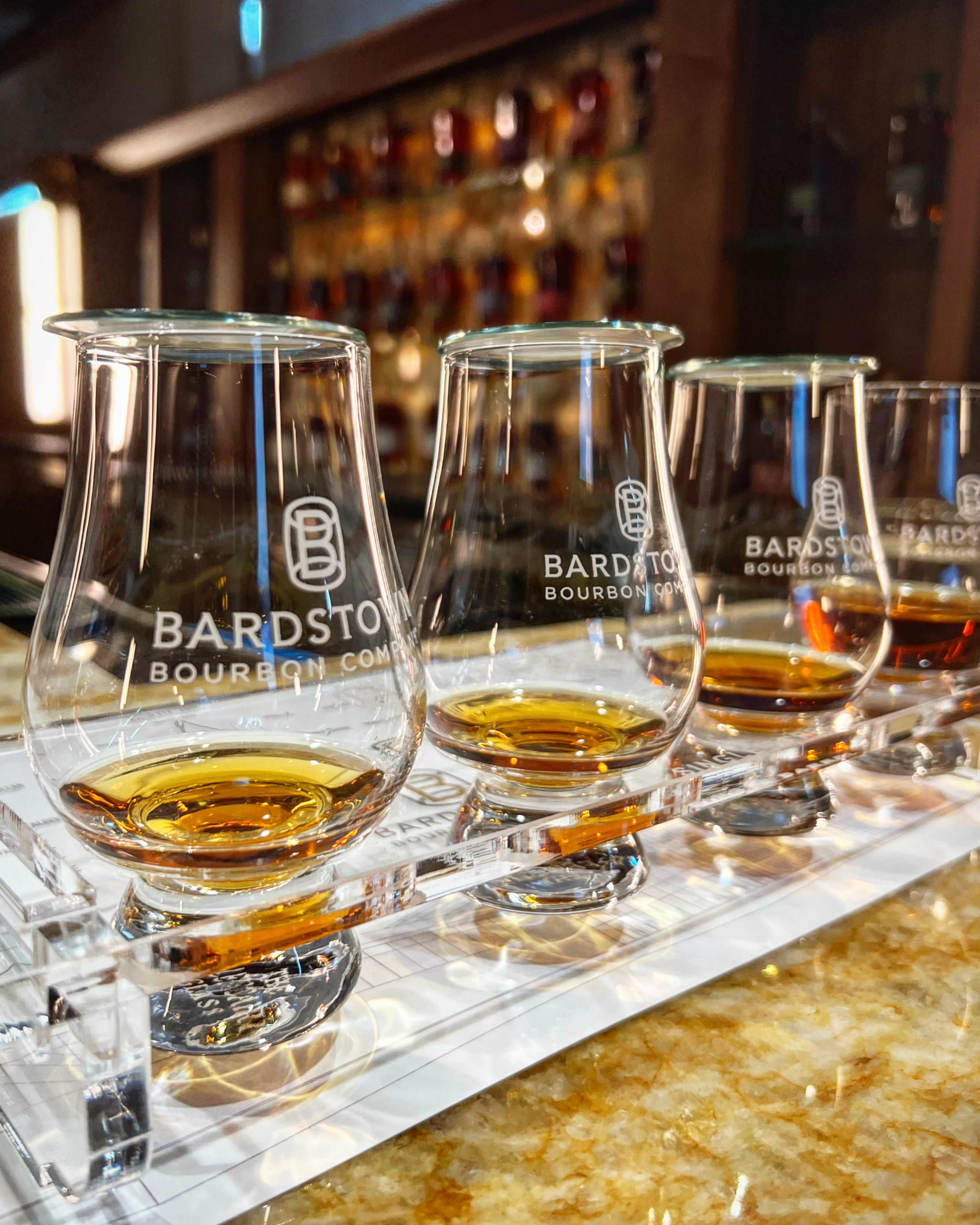
Okay, this is where things get fun. A lot is going on with a nose of any whiskey (yes, even the cheap stuff). That’s because about 80% of all taste is based on smell. That makes this the crucial step.
First, don’t swirl. Just sniff. Start to inhale the aromas from a still glass. Those first smells are the base for everything to come. Then maybe give the glass a swirl and nose it again.
Where you place your nose in relation to the glass will depend on how far down your whiskey road you are. I need to get right in the glass with my nose. If you’re a beginner, you want your nose to be about six inches away and then slowly move to four inches, and then two inches.
Next, keep your jaw loose and your mouth just open as you nose the whiskey, this will help your olfactory stay open as you smell the whiskey.
Lastly, move your nose around the opening of the glass. Different smells rise to the top and sink to the bottom of the glass’ rim as they approach your nose. The fruity notes will sit at the bottom while the woody and spicy notes sit at the top with grassy and floral notes in between.
There’s also an order to how you compute the smells from your nose (which has five million olfactory cells that can access about 32 distinct aromas in every flavor group) to your brain, which can translate the 300-odd chemical compounds (flavors) in a whiskey into tens of thousands memories of smells and tastes.
I know, I just threw a lot of big numbers your way. Think of it this way: vanillin is a chemical compound (from the wood aging in whiskey) that enters your olfactory. That chemical is converted into an electrical current that zooms to your brain where a memory is unlocked of a specific vanilla that you’ve experienced in your life. So that single chemical compound, vanillin in this case, becomes your grandmother’s vanilla cake or the vanilla you bought at a market in Oaxaca or the vanilla in the plastic extract bottles your dad used to make cookies or that vanilla latte you had in college. Or maybe it’s just plain vanilla bean to you. That’s fine too. That happens with every single flavor note you smell and taste based on those 300 flavor compounds in every glass of whiskey.
Getting back to the order of what you’re smelling on the nose of whiskey.
- The Primary Aromas are the grain and malting process. If the whisky is peated, you’re going to get that upfront on any nose. If it’s a corn-fueled bourbon, you’re going to get sweetness. Etc.
- The Secondary Aromas are the fermentation and distillation smells. This is where the fruity, floral, and spicy notes from the yeast come out. You’ll also get sour from the mash or a lactic quality in some whiskeys. Some whiskeys will have a metallic taste (especially cheap ones) thanks to the more stainless steel used in place of copper in the stills and tanks.
- The Tertiary Aromas are from the wood aging. This is where you get that rich vanilla, caramel, woody spice, oak, tobacco, and even wine-forward notes on the whiskey.
Each of these aromas tells you a story about the whiskey’s process. What you’re looking for is balance and harmony between the grain mash bill, the yeast for fermentation, the distillation process and proofing for barreling, the aging, and the batching/blending/proofing for bottling. It’s a lot but it is all there in that nose.
Without getting too far ahead of ourselves, adding water will often drastically change the nose’s profile — allowing you to experience tons of new notes. We’ll get to that.
The Sipping: Decoding Complex Flavors
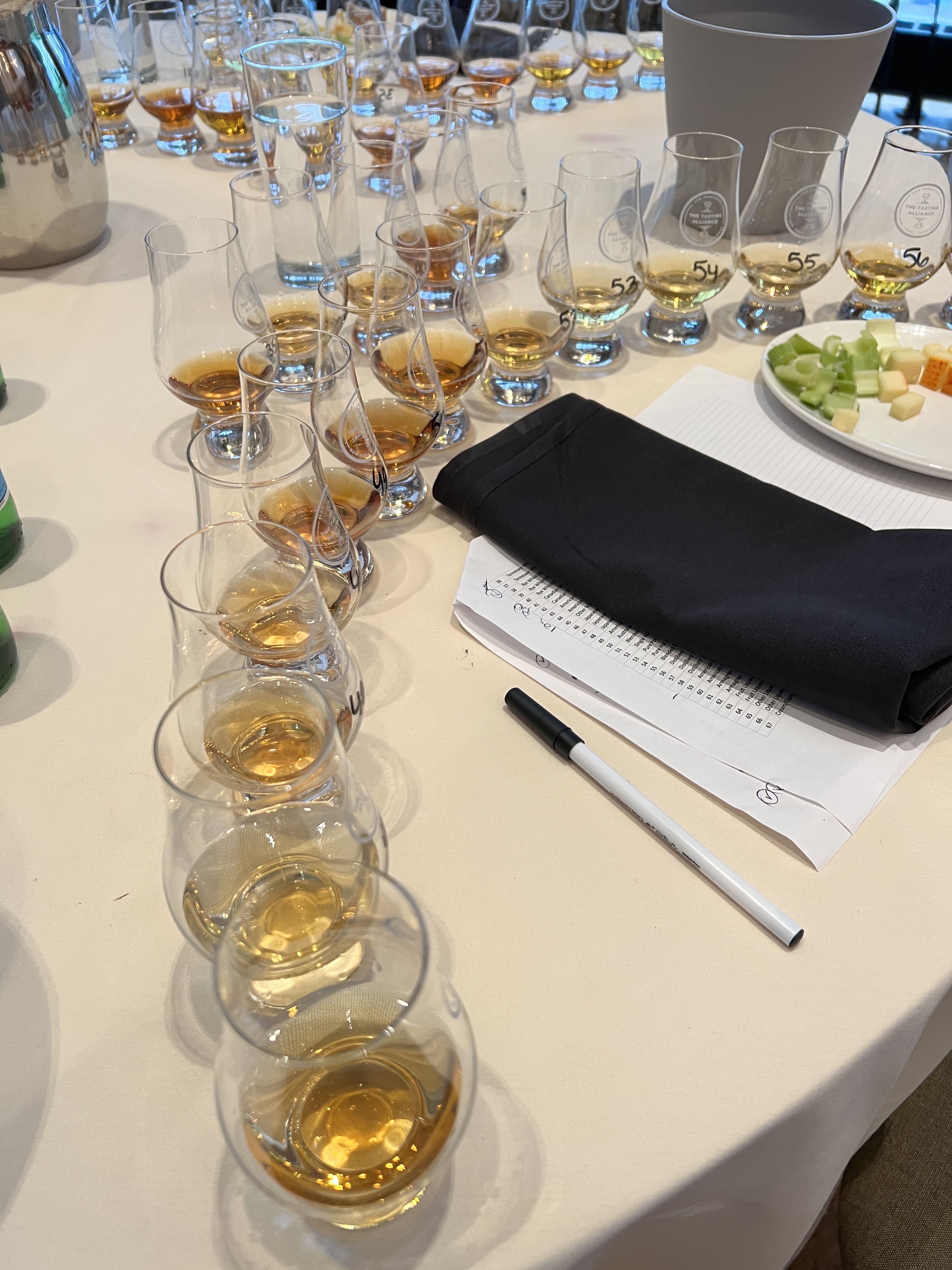
Yes, now you can drink some! Here’s what to remember when tasting whiskey:
- Trust your taste buds! You have spent your whole life building a palate. Accept it and let it tell you a story.
- Your tongue senses different notes in different areas. The tip is connected to sweet tastes, the middle is connected to sour and salty, and the back of your tongue feels the bitter notes more.
- Move the whiskey all around your mouth and coat the whole thing — top, bottom, and sides — with the sip. This will help your sensory perception get a complete picture of what is in the whiskey.
Again, you’re looking for harmony and balance between the grain (mash bill), the fermentation with yeast, the distillation, aging, and perhaps proofing when batched or blended.
Big fruity notes with sharp fruity spice (think fresh chili pepper) or floral flourishes? That’s the yeast saying “hello.” Corn husks or Cream of Wheat vibes? That’s the grain mash bill shining through. Caramel and vanilla pipe tobacco with winter spice barks? That’s the barrel making its mark. Fatty smoked salmon covered in black pepper and sea salt? That peated malt that’s spent a little time in wood next to the sea.
The taste tells you everything you need to know about how the whiskey was made.
The Finish: Analyzing the Aftermath
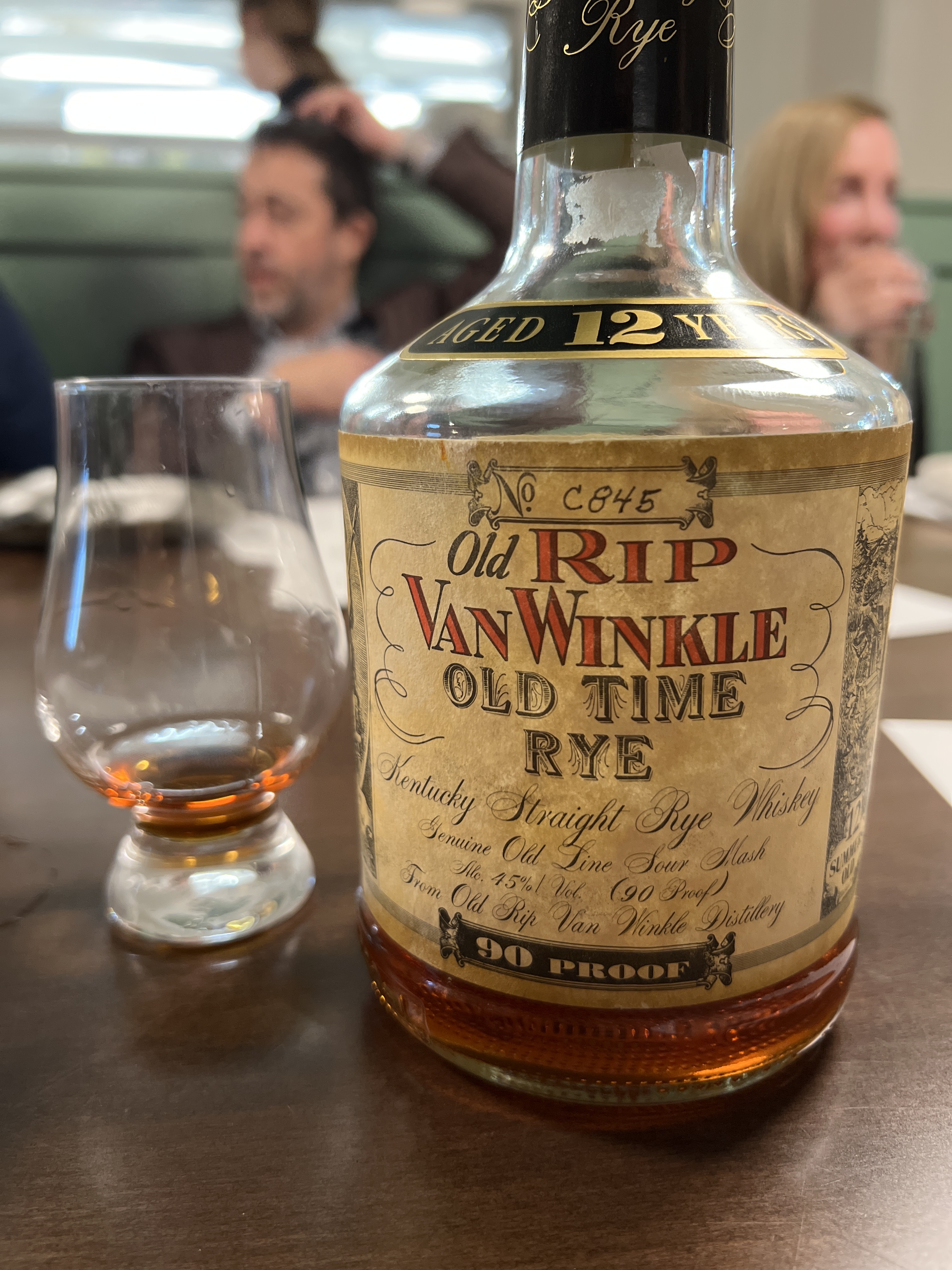
There are two ways to experience the finish of a whiskey:
- If you’re swallowing, swallow slowly. Let the whiskey roll down while you take in a little air.
- If you’re spitting, spit and then immediately take in some air and swallow. You’ll get the same finish (though be warned, a little whiskey is going to get swallowed).
There are days when I’m judging where I’ll sample over 100 whiskeys in a single day. Of course, every single one is spit out. Every competition operates on this method, as it couldn’t function otherwise. So delete from your mind that spitting somehow lessens the tasting experience.
In fact, spitting often heightens the finish when you’re drinking higher-proof whiskeys. See, the higher proof will burn or fade the finish tasting notes when it hits the back of the mouth and throat. By spitting, you’re avoiding the actual liquid from muting the finish on the back of the mouth. Of course, this barely applies if you’re talking about lower-proof whiskeys.
All of that aside, this finish is more about the feeling the whiskey leaves you with. It’s where a catharsis should happen between the nose and palate with the flavor notes. As the whiskey settles into your chest, it should still be permeating with flavor notes (especially the tertiary ones) that tie off the journey you’ve been on in a way that makes sense.
Still, think about how you feel. Do you want more? Do you never want to taste this whiskey again? Does it taste like burning? Did you get that warm Kentucky hug? Or was it a slap in the face? Answer those questions and you’ll be on track to understand a good finish.
Water & Ice
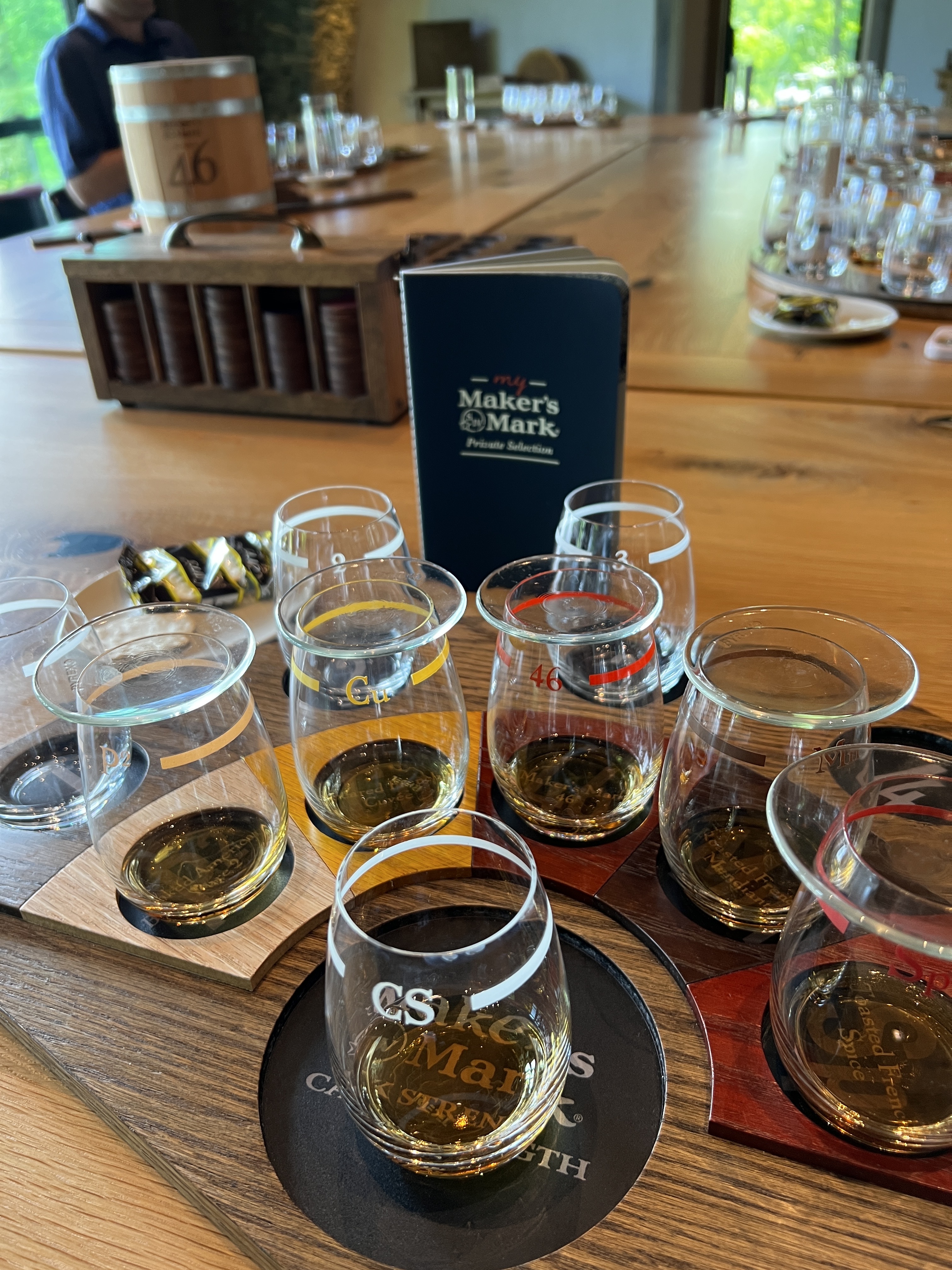
Make sure to add a few drops of water after you nose and taste your pour. This will release the fatty acids from the esters (flavor compounds). New flavor compounds will suddenly be accessible to your nose (and palate) while the fatty acids will create a creamier (and sometimes nuttier) experience on the nose (and palate).
Adding a little water is not only okay, it’s essential to the tasting experience. When those fatty acids are released, the whole vibe of the whiskey will change and you’ll basically get a whole new pour. This will give you a much deeper understanding of what the distiller and blenders were going for when making the whiskey.
Why? Every whiskey is tested in the lab at the distillery or blending house at 40 proof/20% ABV. That’s the prime proof for revealing the most flavor notes in a pour of whiskey. It’s also the proof that you can best identify the most faults. Yes, that means that your favorite insanely high-proof whiskey is still best when it’s watered down to 20% ABV. It’s not that you’re drinking incorrectly when you drink a high-proof whiskey neat at its full bottled proof. It’s more that you’re not experiencing everything that the whiskey has to offer by not adding some water to let it bloom. But hey, you do you!
Moreover, ice adds both proofing dilution and cooling. Cooling adds a whole other dimension to the whiskey by muting some flavor notes while highlighting others. Adding ice simply gives you a chance to dive deeper into what’s already present in the whiskey, giving a more well-rounded view of the pour.
The best advice is to try it all three ways, neat, with water, and on the rocks to get the full picture. None of them are inferior or wrong ways to experience whiskey. And anyone who says otherwise is full of sh*t.
Chronicle Your Journey
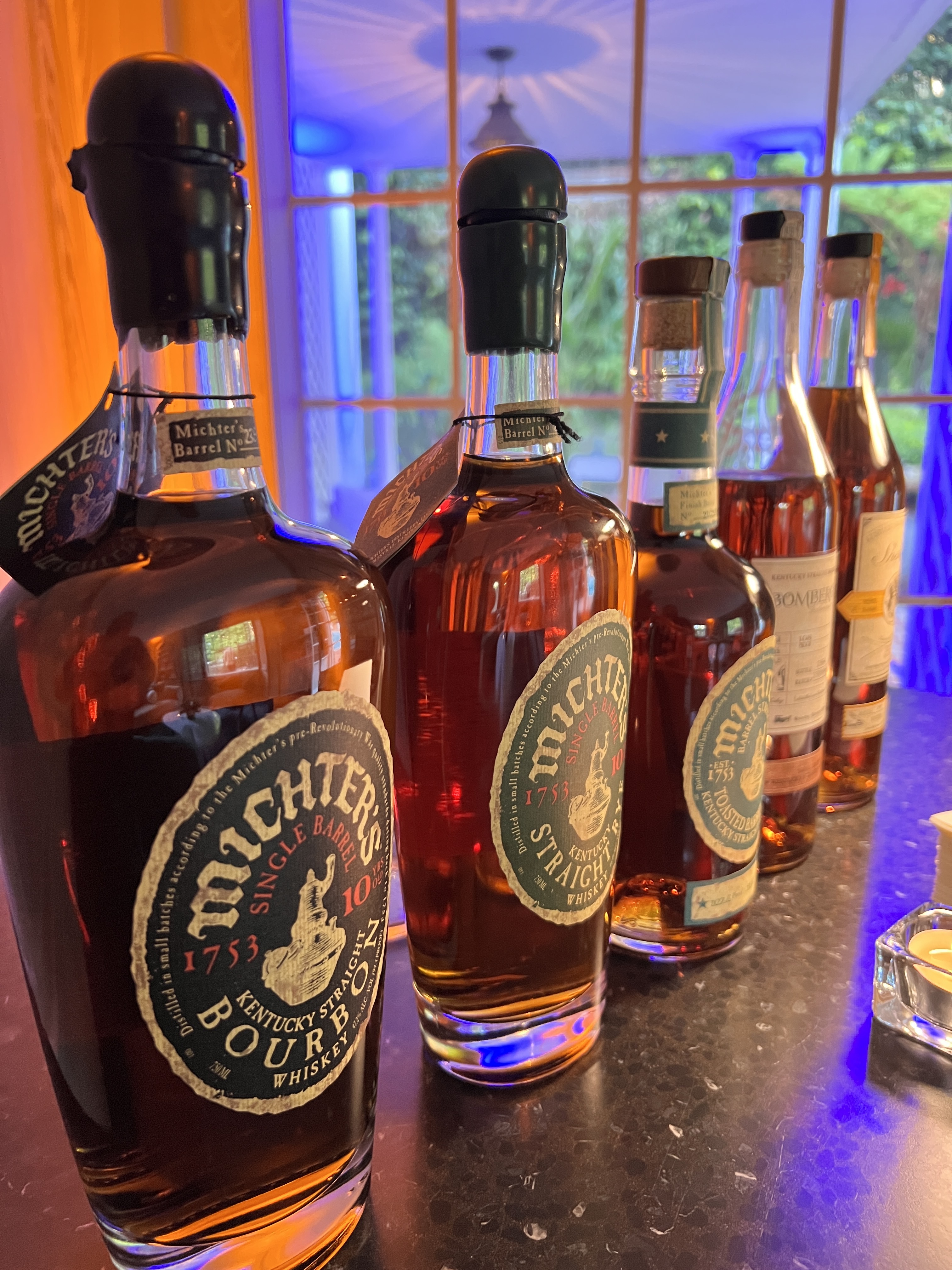
Keep a notebook with tasting notes of every whiskey that you taste. This allows you to internalize the whiskey while you’re tasting it. You can kind of get into a flow wherein flavor notes will pop into your brain as you taste and you can write them down immediately. By the time you’ve finished writing “vanilla,” another note will already be washing over you. Keep writing. Let it flow. Add in notes as you taste and nose again and again.
The best part is that this gives you a chance to go back and see how much development your palate has gone through over the years. If you want to take any of this seriously, keep a tasting journal.
Advanced Flavor Profiling
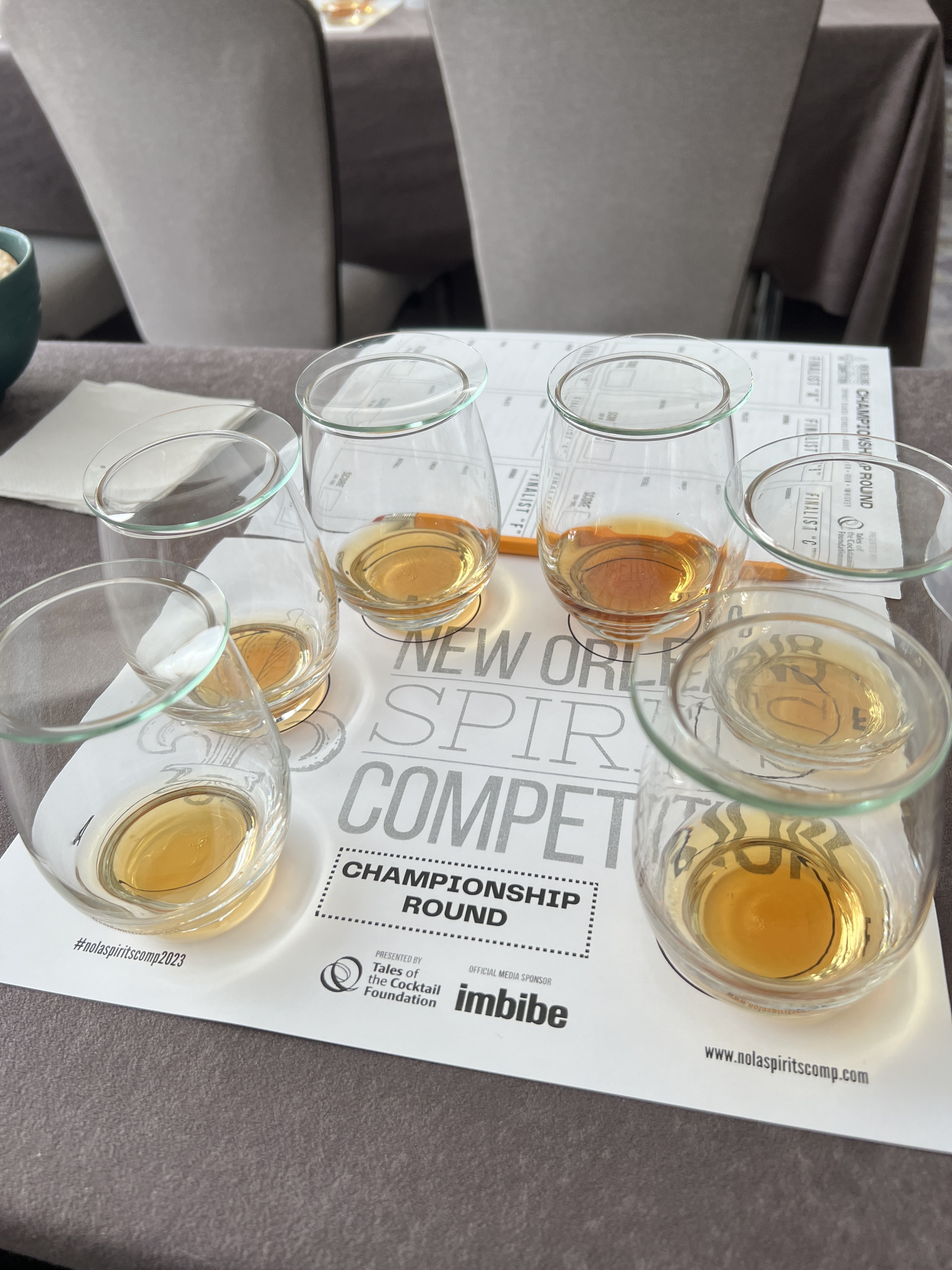
The key here is that you kind of can’t be wrong with anything you smell or taste in a whiskey. Again, 300 compounds that express in tens of thousands of ways depending on your palate means that there is way more that you’re not tasting than you are in every sip of whiskey.
What does that mean? Well, no one can tell you what you taste. We all have our own palates that are built over our entire lives. Where we grew up, what we ate as a kid, where we live, the foods we love, the things we’ve drunk, the smells we’ve smelled — all of this adds to what you will and won’t taste or smell when you sip a whiskey. Sure, someone like me can tell you what they experience in a certain pour. But those are nothing more than road markers for your brain to latch onto to start your own journey with the same pour. In the end, you’re going to experience what you have access to.
The long and short of it is this: The more you smell, taste, and experience in this world, the more you will experience in your whiskey’s nose, palate, and finish. The less you’ve lived, the less you’ll find in that glass. It’s really as simple as that.
And perhaps most importantly, don’t ever let anyone tell you that you’re wrong for smelling or tasting a certain note. That’s simply your brain translating that compound in the only way it knows how. Moreover, if someone tastes something that you don’t, that doesn’t mean that it’s not there. It just means that you have no receptor for that compound to translate into a sensory note in your brain. That’s it.
Final Thoughts on Whiskey Tasting Like a Pro
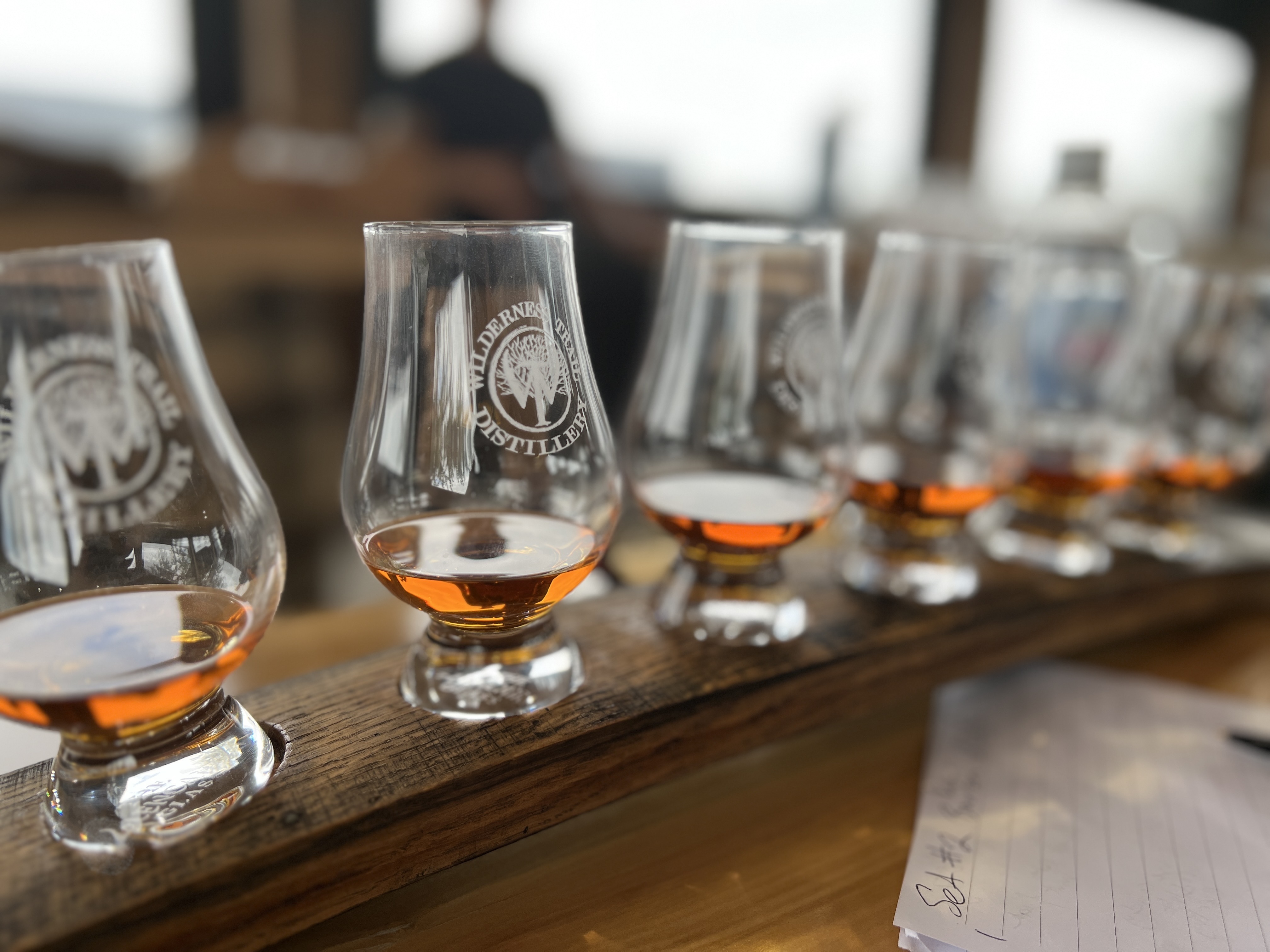
The true north star of any professional whiskey taster is knowing the difference between “It tastes bad” and “I don’t like it.” Those two things are completely different thoughts.
As a professional taster, I have to set my personal taste/palate aside and judge the whiskey first on its quality — whether it’s bad, average, or great whiskey. How does the nose, palate, and finish tell me a story of how that whiskey was made? How are the mash bill and grains present? What yeast notes are in there? How does the distillate work within that? What has the wood brought to the table? Where does the proofing fit in? Does it all come together? Does it fall apart? Does the build of the batch or blend make sense?
Next, you have to ask yourself the important question: Does this go beyond the ordinary? Let’s say the whiskey is well-made, you’ve been able to get that out of the way with the first taste. Now, you have to go back and nose and taste the whiskey to see what is actually there that makes it special. How deep do the flavor notes go? Are they nuanced or do they clash? And how do they make you feel? Where do they take you mentally? Do you want to stay there or run away?
After that, your personal taste comes into play. Some whiskeys speak to my palate that are mediocre all things considered. Knowing that difference is key.
Lastly, if you don’t have receptors for the prominent flavor notes that make a certain whiskey what it is, then you’re not going to get that whiskey. That’s no fault of your own or the whiskey. We are all in different places with our palates. Again, building a palate is a never-ending journey that we’re all on every single day of our lives. So don’t let your palate get in the way of acknowledging a great glass of whiskey in your hand. On the flip side of that coin, don’t let your palate convince you that a glass of whiskey is perfect just because you like it.
Master all that, and you’ll be a pro.

